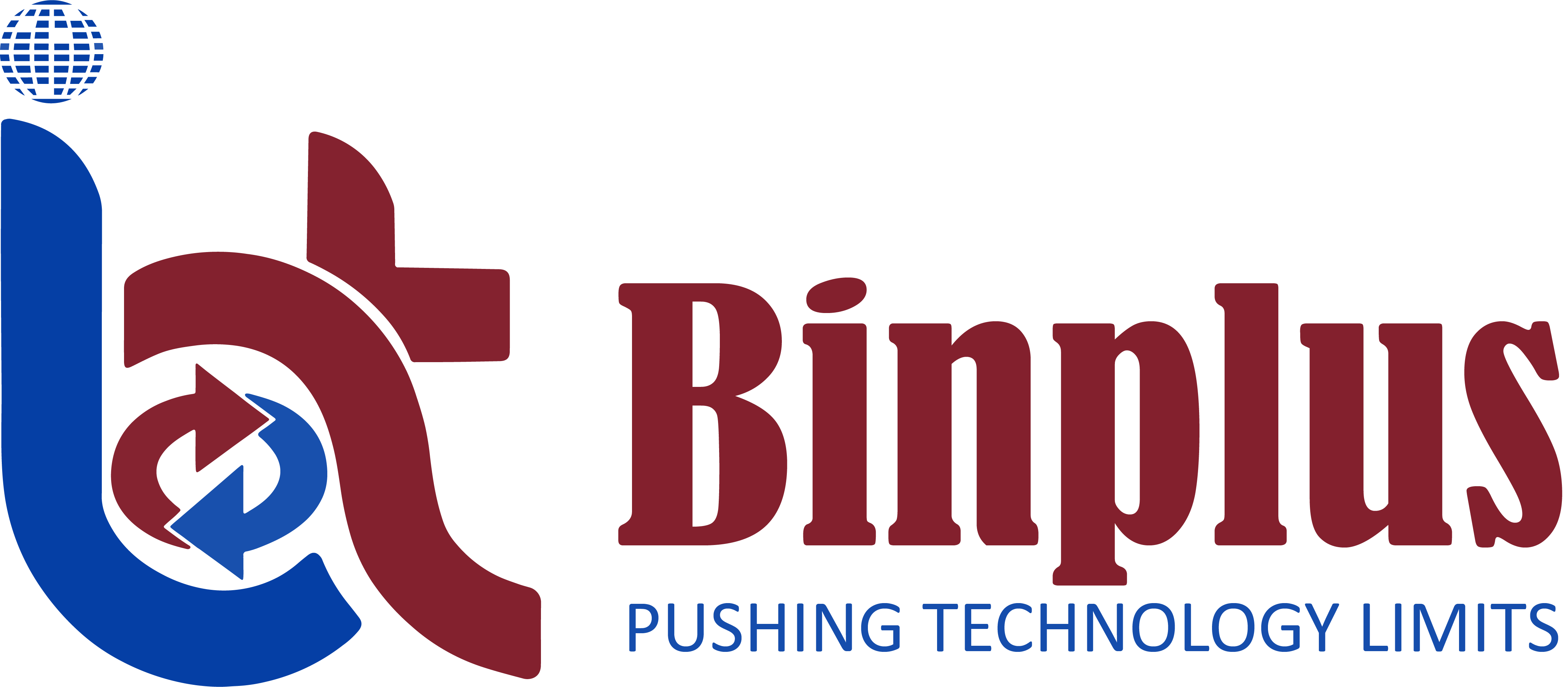Performance Management System (PMS)
A Performance Management System is a strategic approach to ensuring that employees' activities and outcomes align with an organization’s goals. It encompasses a range of processes, including goal-setting, continuous feedback, performance reviews, development planning, and recognizing achievements. An effective PMS focuses on nurturing and improving employee performance, fostering collaboration, and encouraging a growth-oriented organizational culture.
For leaders, the PMS isn’t just a tool for evaluating past performance—it is an integral part of managing employee engagement, optimizing productivity, and developing talent for future leadership roles.
How Performance Management Systems Empower Leadership
1. Alignment of Individual and Organizational Goals
One of the primary responsibilities of any leader is ensuring that every individual’s objectives are aligned with the broader goals of the organization. A well-integrated PMS enables leaders to set clear, measurable goals for employees at all levels, ensuring alignment from top to bottom. With a system in place, leaders can track how well each team member is contributing to organizational goals and make necessary adjustments if misalignments occur.
2. Continuous Feedback and Real-Time Monitoring
Gone are the days of annual performance reviews that happen in a vacuum, providing little opportunity for improvement until the following year. A modern PMS empowers leaders to offer continuous feedback, fostering a culture of open communication and real-time development. With real-time data on employee performance, leaders can promptly address challenges, recognize achievements, and make adjustments as needed.
3. Data-Driven Decision Making
A robust PMS is powered by data—whether it's tracking individual performance metrics, monitoring team collaboration, or identifying trends in employee engagement. Leaders benefit from these data insights, which help in making more informed decisions. Data can reveal strengths, weaknesses, and growth potential within teams, allowing leaders to allocate resources and adjust strategies for maximum effectiveness.
4. Employee Development and Growth
At its core, performance management is about nurturing employee potential. Leaders are in the best position to foster a culture of learning and development within the organization. Through a well-structured PMS, leaders can identify skill gaps, track employee progress, and provide personalized development opportunities.
5. Boosting Employee Engagement and Retention
Employee engagement and retention are top priorities for every leader. In today’s competitive landscape, organizations that fail to actively manage and develop their talent risk losing them to competitors. A PMS that prioritizes regular feedback, development, and recognition directly impacts engagement and job satisfaction.


Leave A Comment